A 19th-Century Photographer of Scottish Industrialization Gets His First Survey
The Getty Center in Los Angeles opens the first survey of Thomas Annan, who photographed Glasgow during industrialization.
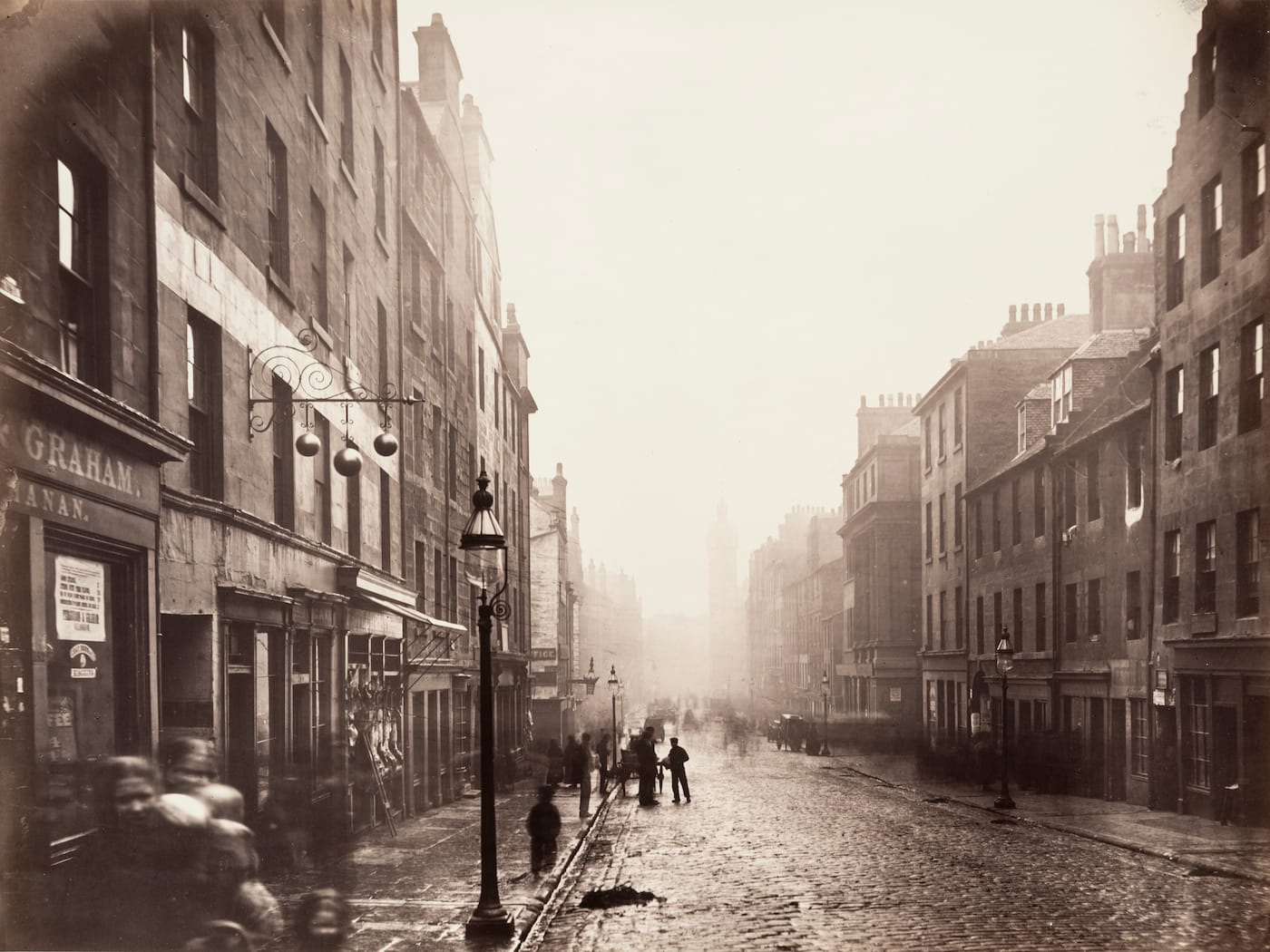
Thomas Annan, who opened a photographic firm in Glasgow, Scotland in 1857, was among the first photographers to use the new medium to document urban living conditions. In particular, he focused on the closes, or narrow passageways, of the city where the impoverished lived in crowded squalor. By the end of the century, many of these tenements would be demolished under the Glasgow City Improvements Act of 1867.
Despite the enduring interest in his legacy, such as the National Library of Scotland’s new online platform for navigating his Glasgow plates, there hasn’t been a survey exhibition of Annan’s nearly three decades worth of work. On May 23, the J. Paul Getty Museum’s Getty Center in Los Angeles will open the first, titled Thomas Annan: Photographer of Glasgow.
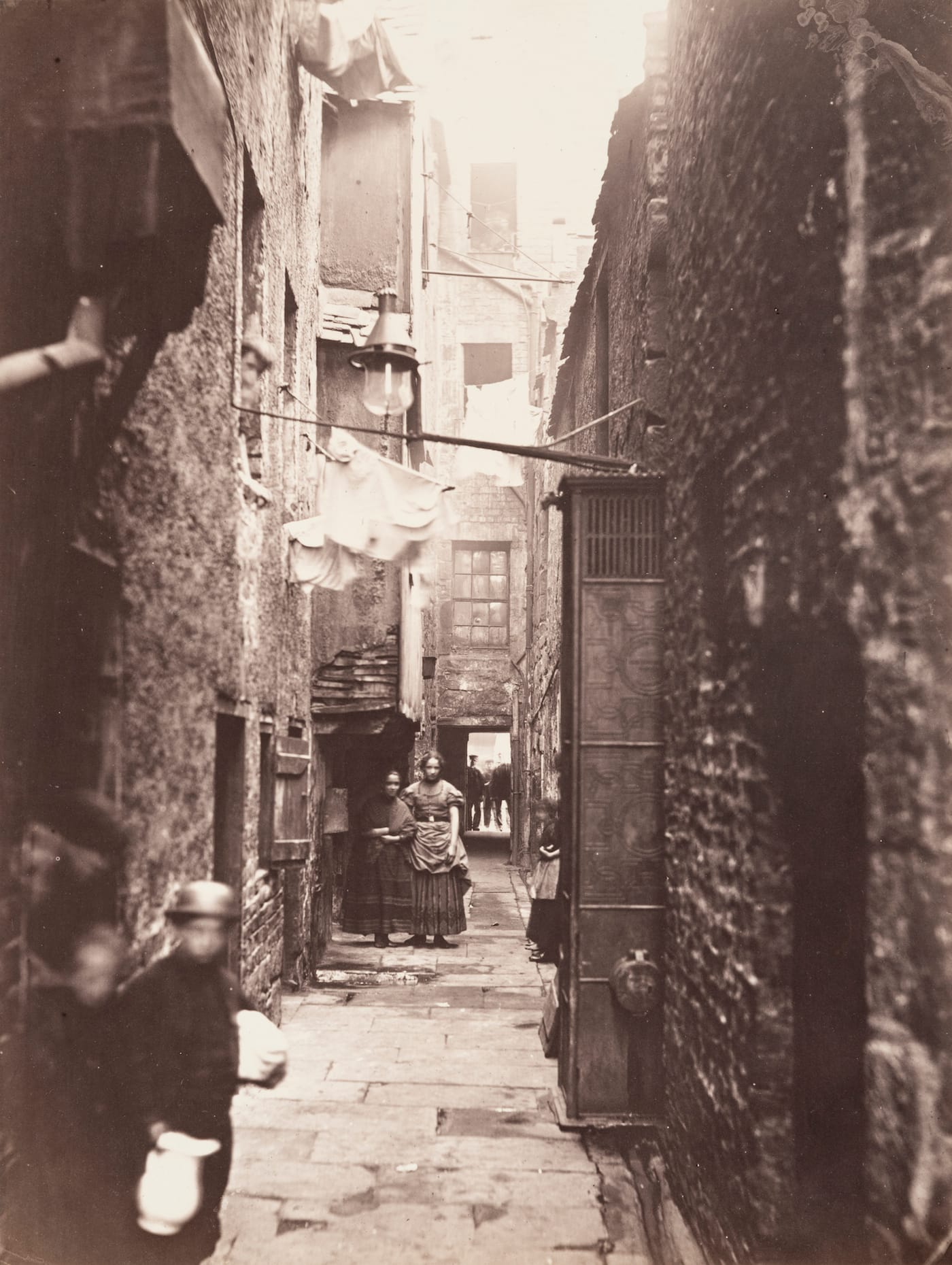
Along with his documentarian images, rarely exhibited loans from institutions like Glasgow Museums and Libraries and the Canadian Centre for Architecture will highlight his photographs of 19th-century infrastructure and its impact on the Scottish landscape. Recently rediscovered prints from the end of Annan’s career, as well as his photographically illustrated books, will further show how he experimented with visual techniques, going back to his roots as a lithographer. The Annan exhibition coincides with another at the Getty on Chris Killip’s 1970s–80s photographs of deindustrialization in northeast England.
“We thought that juxtaposing this work with Annan’s views of Glasgow, made during the height of industrialization, would allow us to effectively represent one century of industry in Britain, from its peak to its decline,” Amanda Maddox, curator of Thomas Annan and author of the accompanying catalogue, told Hyperallergic. “We hope this pairing will encourage visitors to see the work in the context of the history of industry, and to see its evolution.”
Maddox explained that she first encountered Annan’s work while studying in Scotland as a graduate student. “Annan was discussed in depth in several courses I took, and his work on the streets and closes was always emphasized as it is the most well known, but I was surprised to find relatively few detailed publications dedicated to his career when attempting to research him further,” she stated. “He was an incredibly active and prominent figure during his day, and it seemed important to explore just how much he produced and how wide-ranging his interests were because so many of them intersect.”
For instance, his images of the 35-mile Loch Katrine aqueduct scheme echoed his visualizations of urban sanitation in Glasgow, while his chronicle of Glasgow College’s relocation reinforce his attention to the changing city environment. Sometimes he photographed machine engines and other innovations directly, as if taking their portrait, with the same steady eye that shot the tenements. As Maddox noted, “The notion of progress was essential to his work, and I think that idea resonates today.”
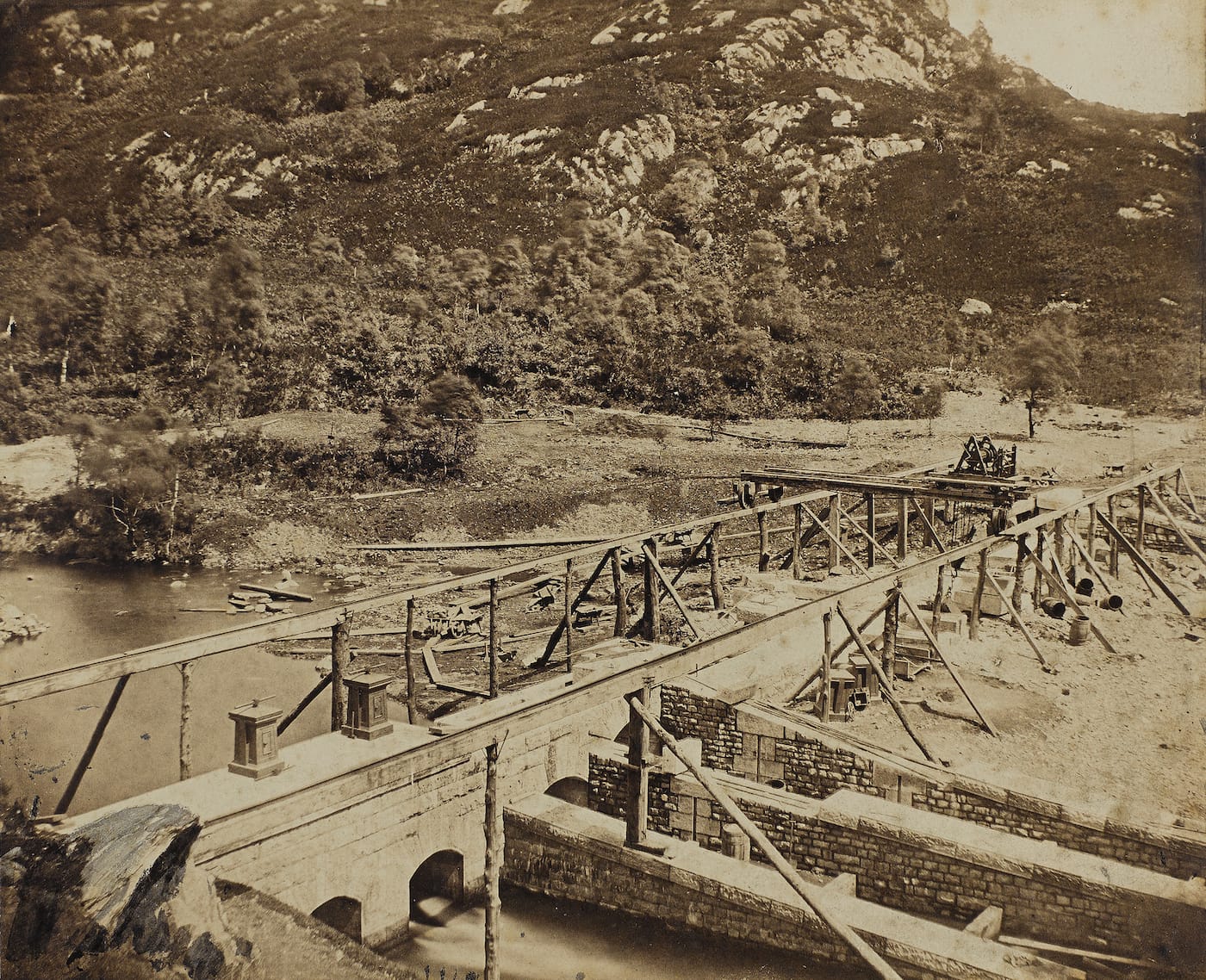
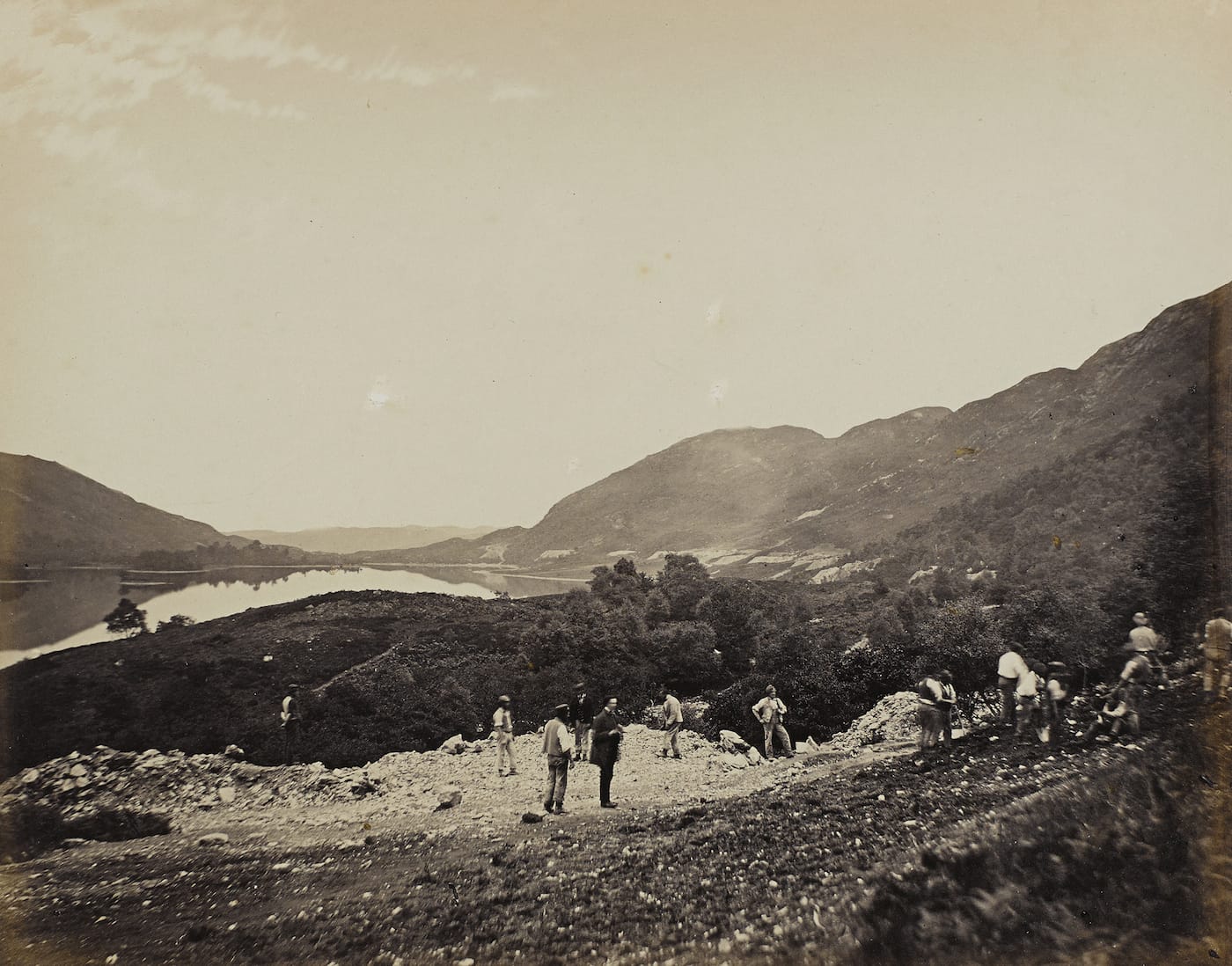
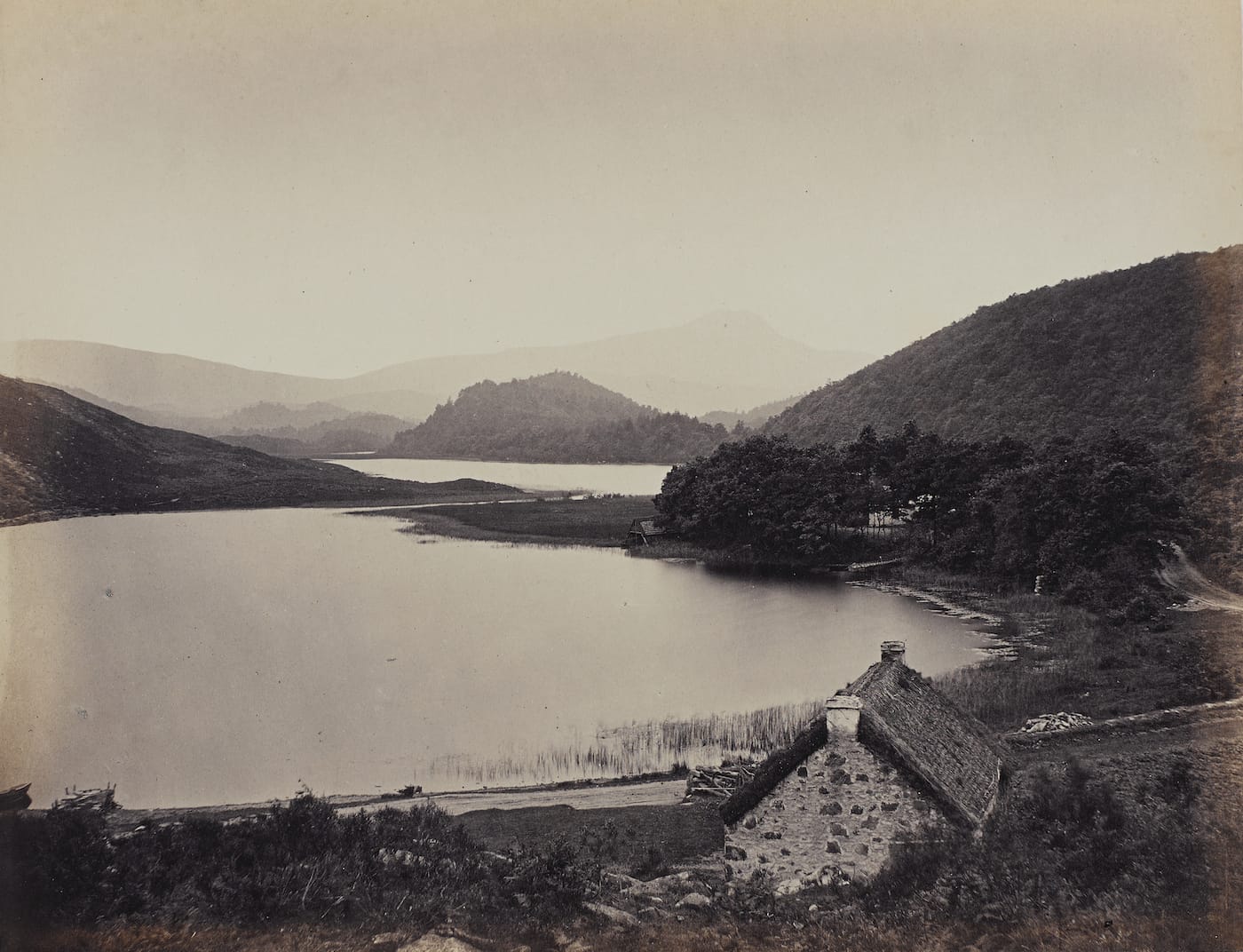
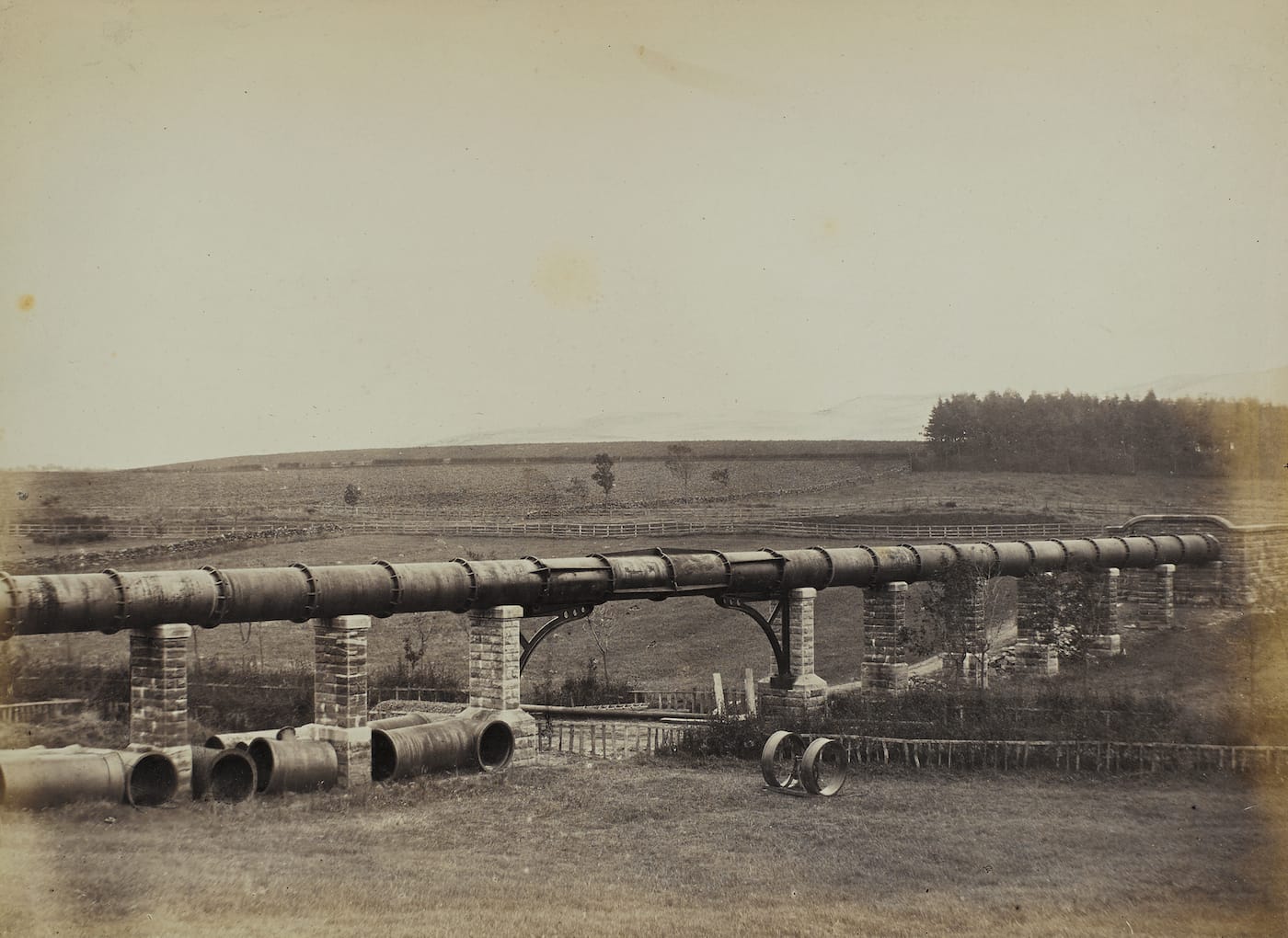


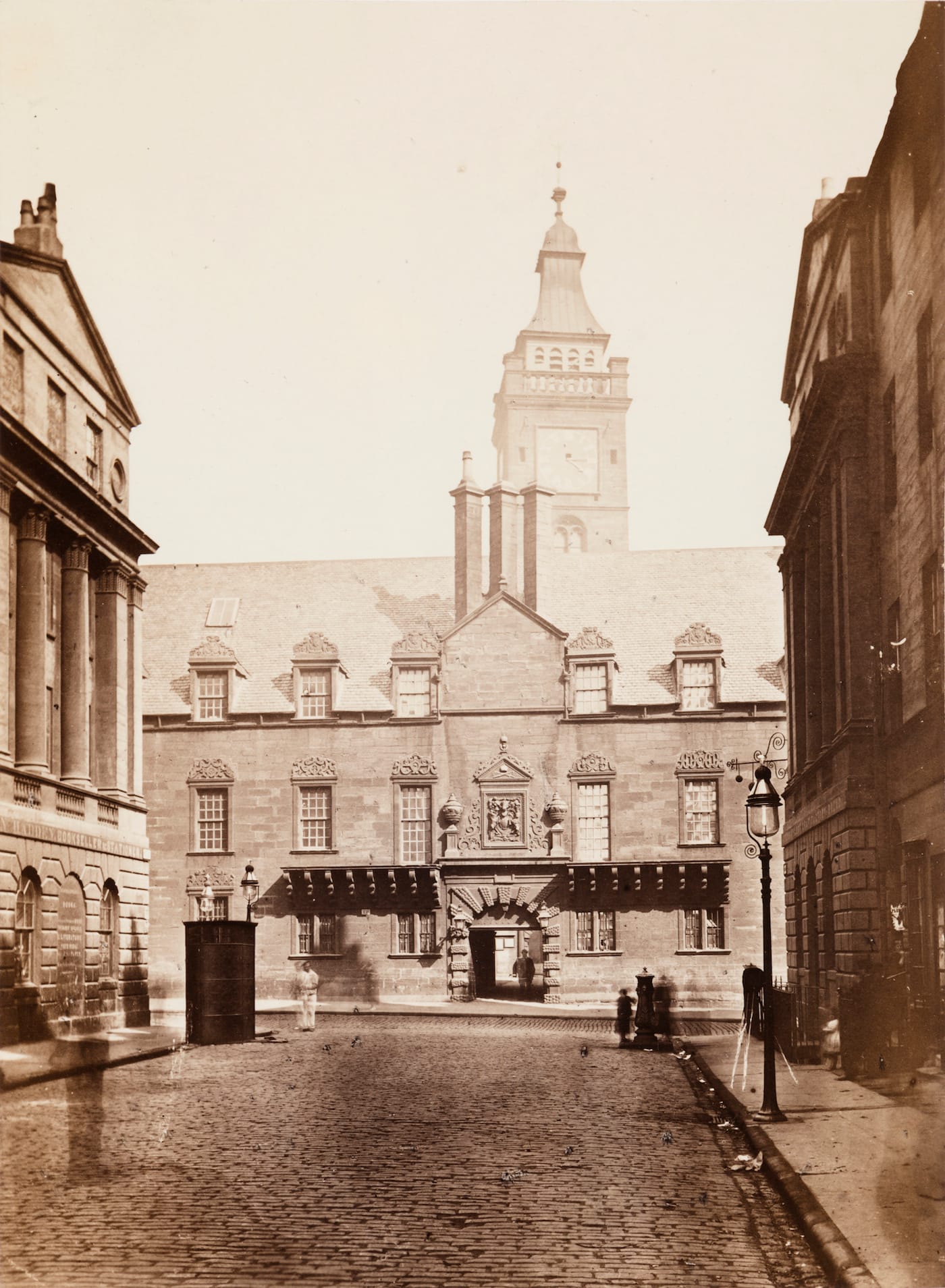

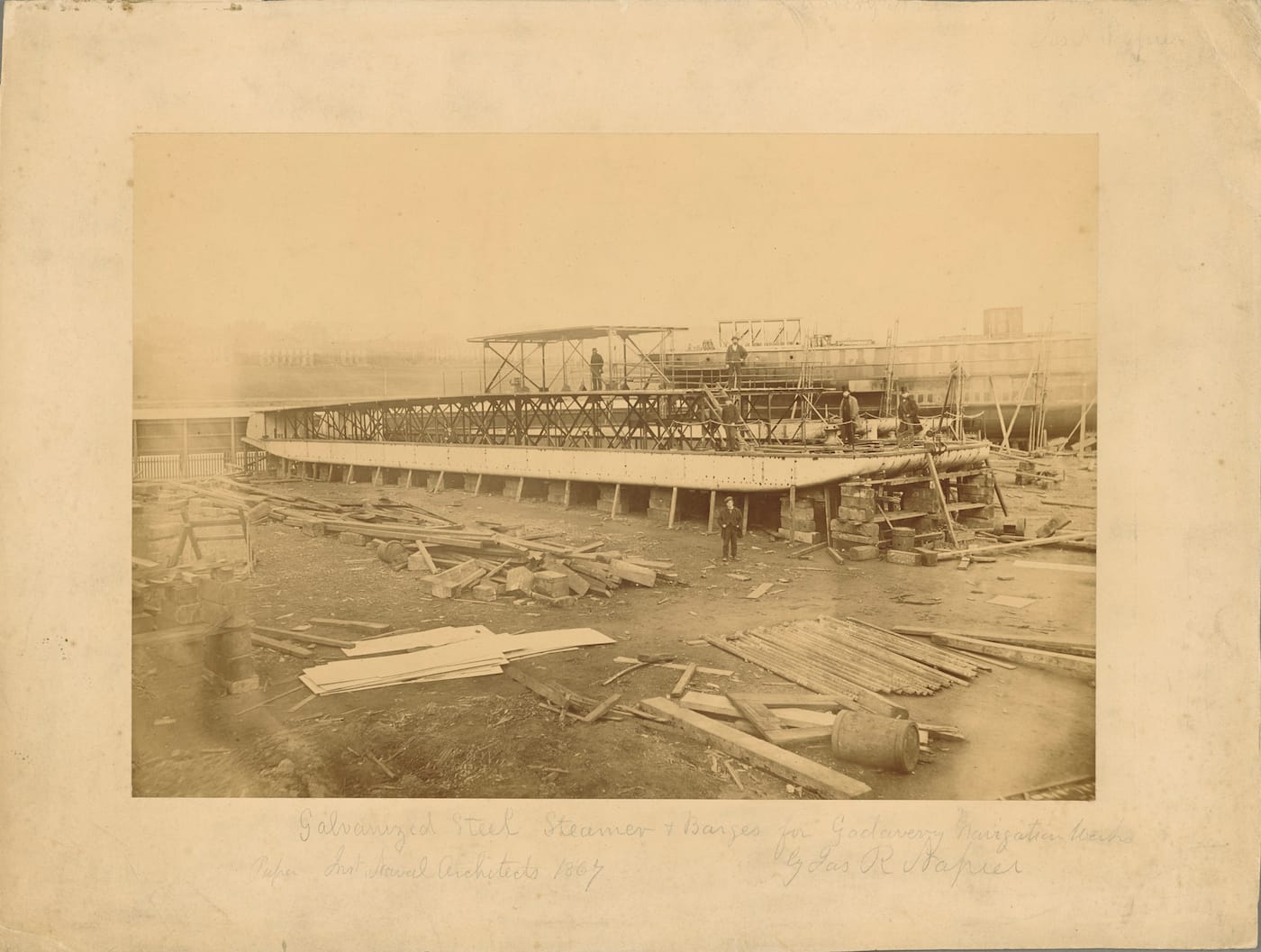
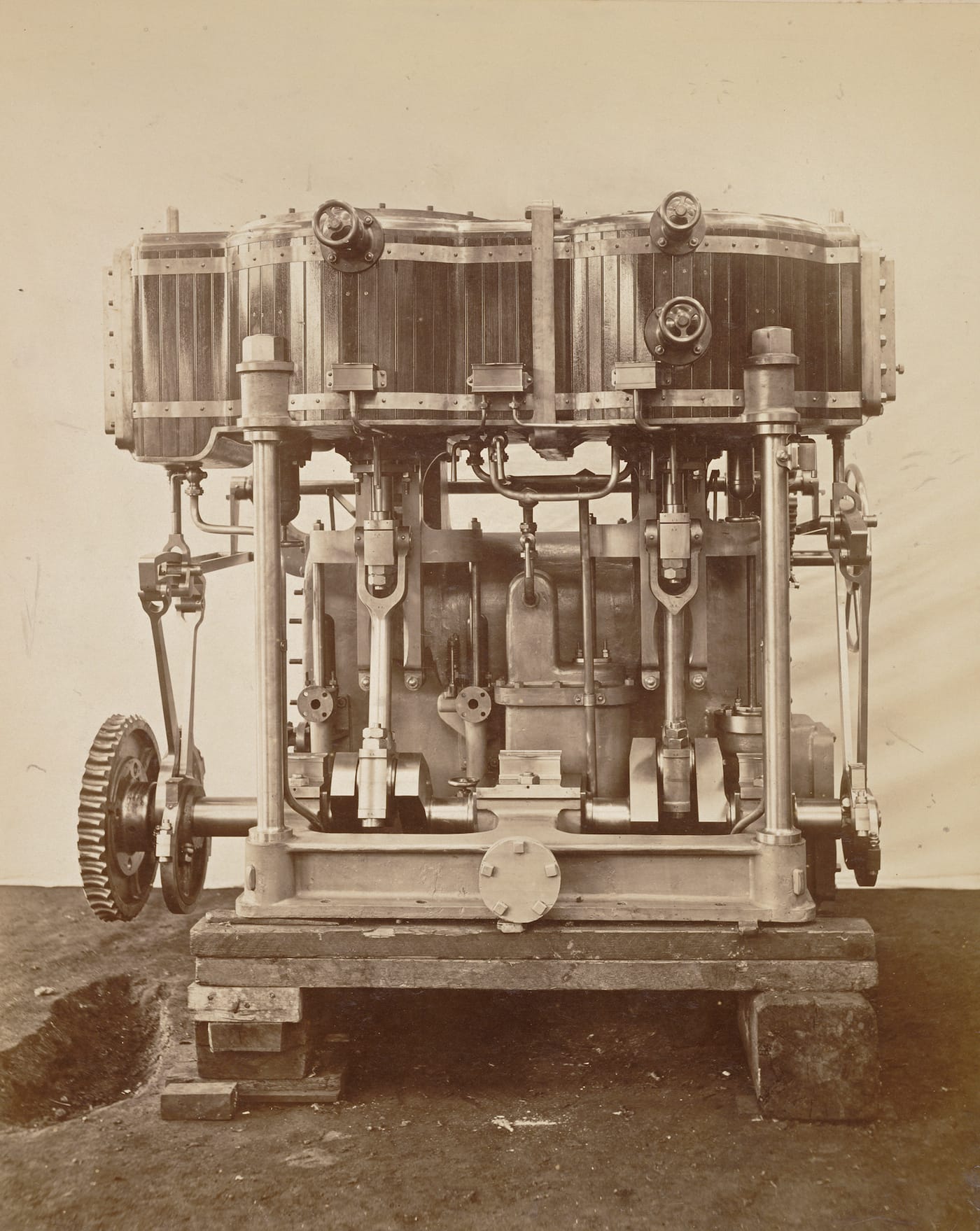
Thomas Annan: Photographer of Glasgowopens at the Getty Center (1200 Getty Center Drive, Los Angeles) on May 23 and continues through August 13.





